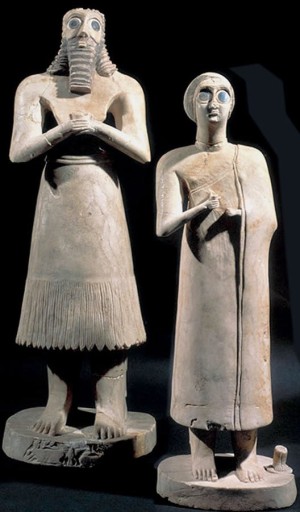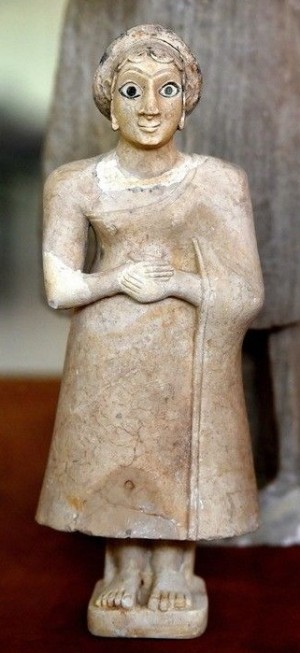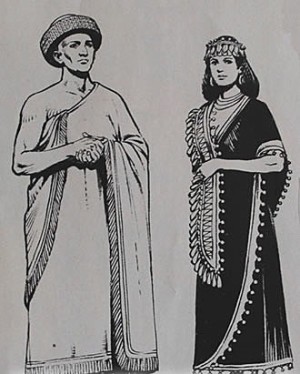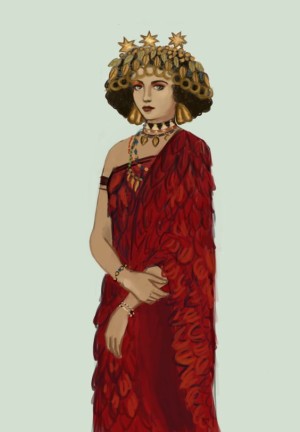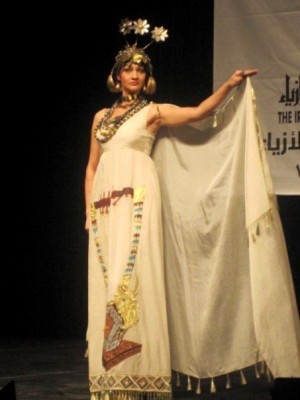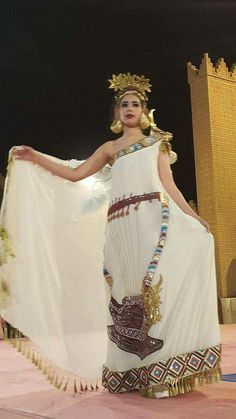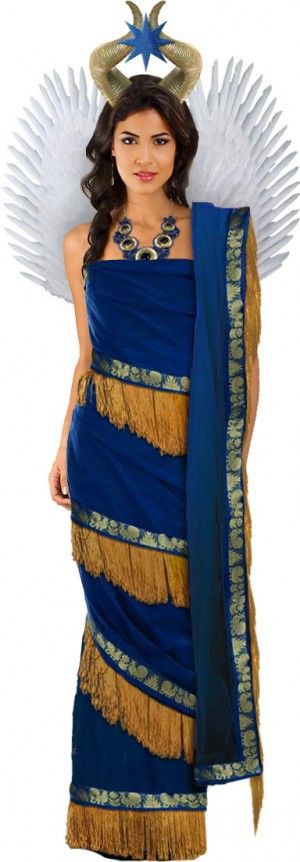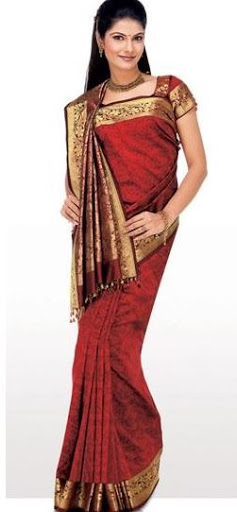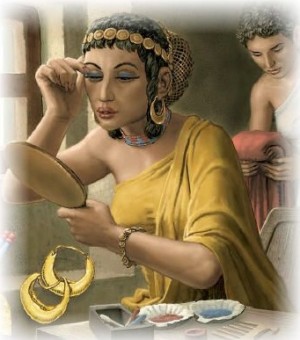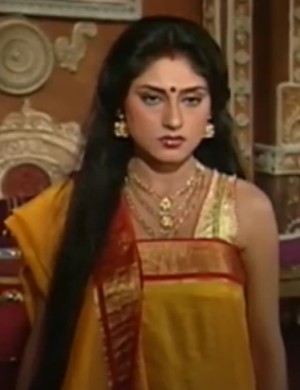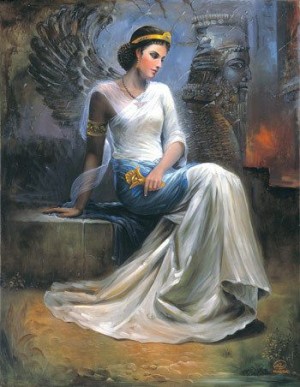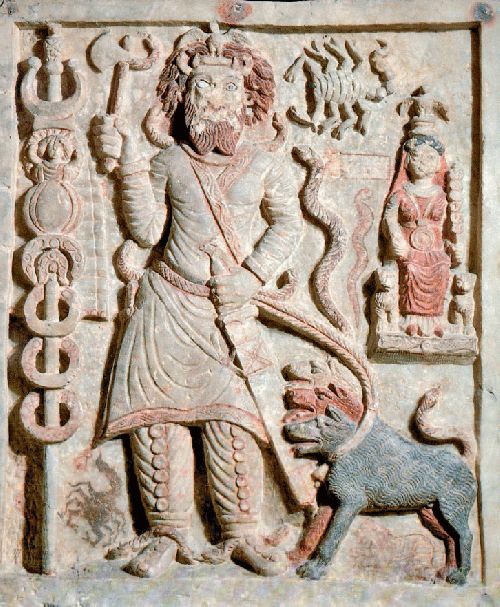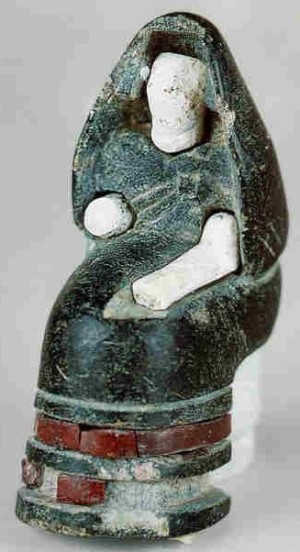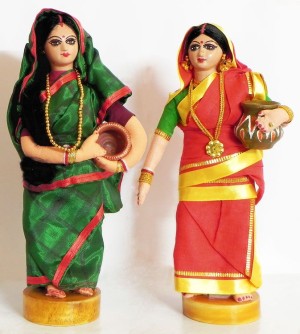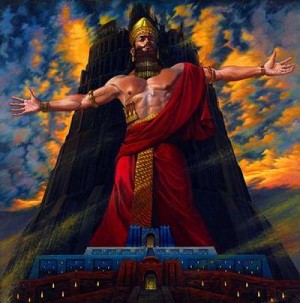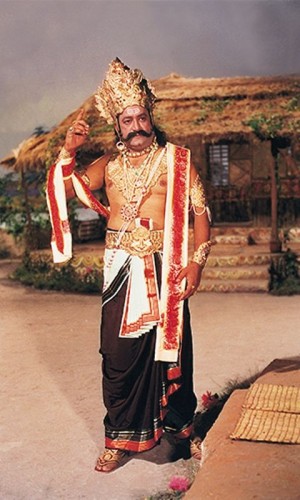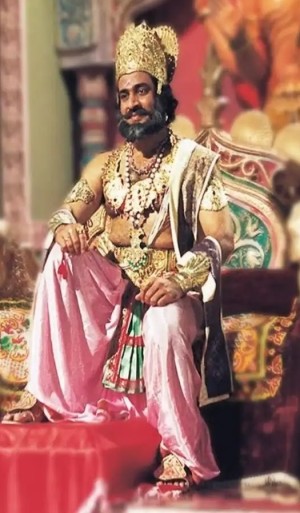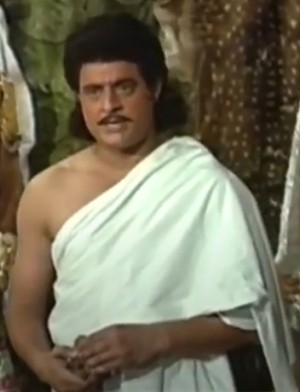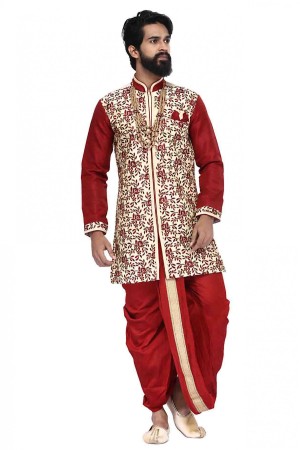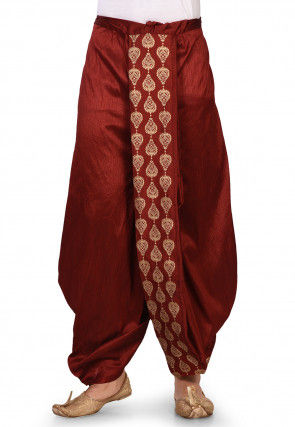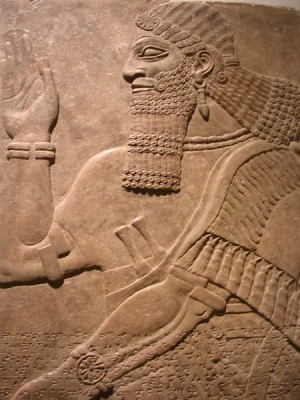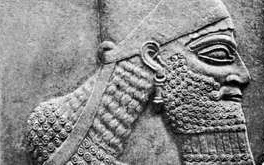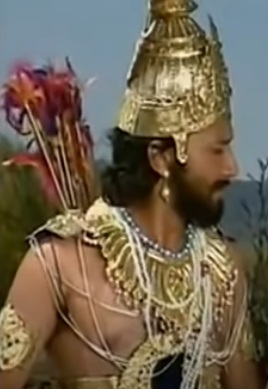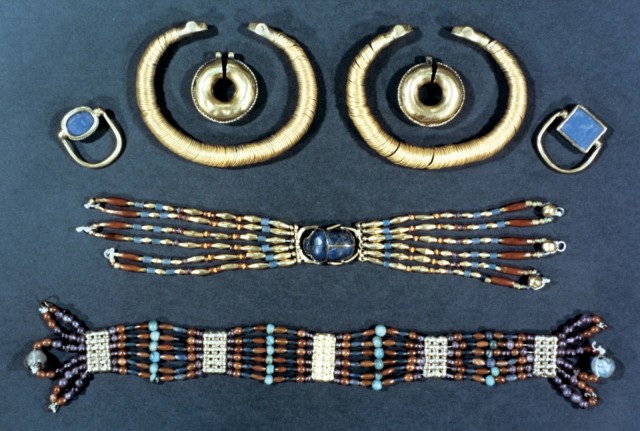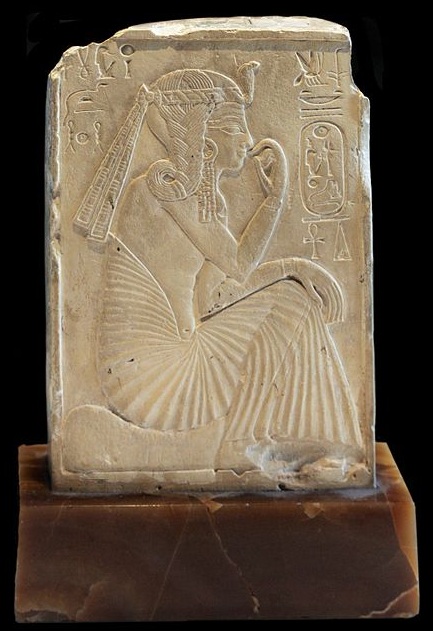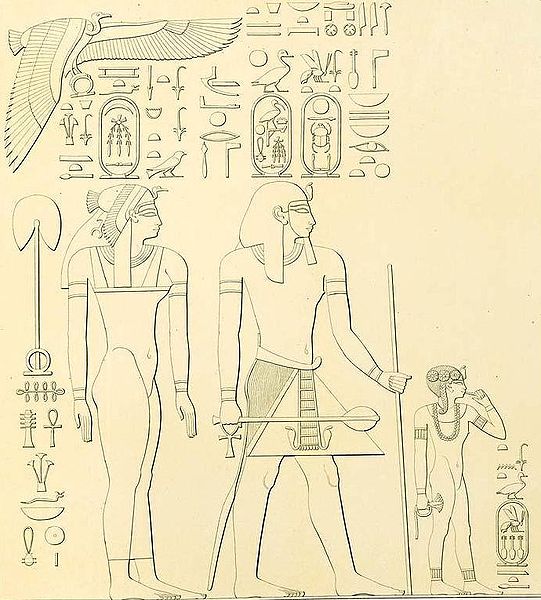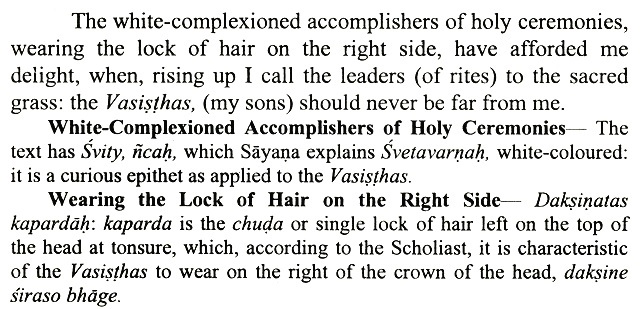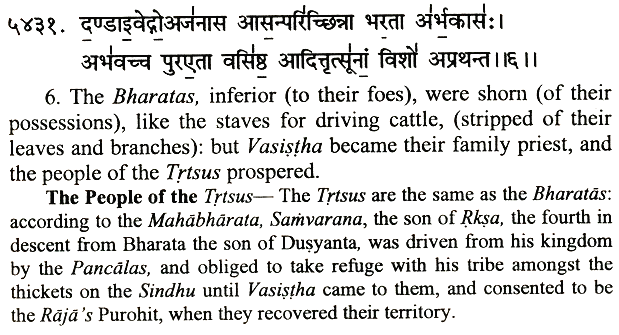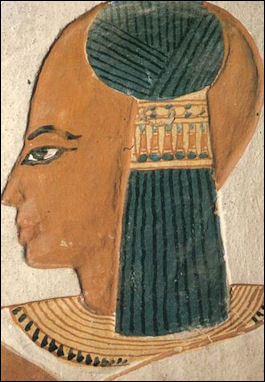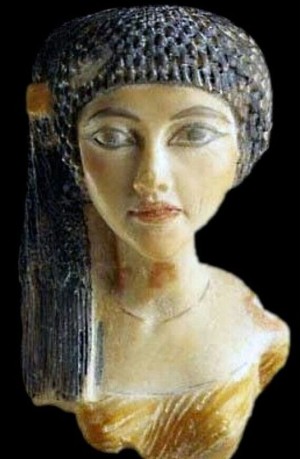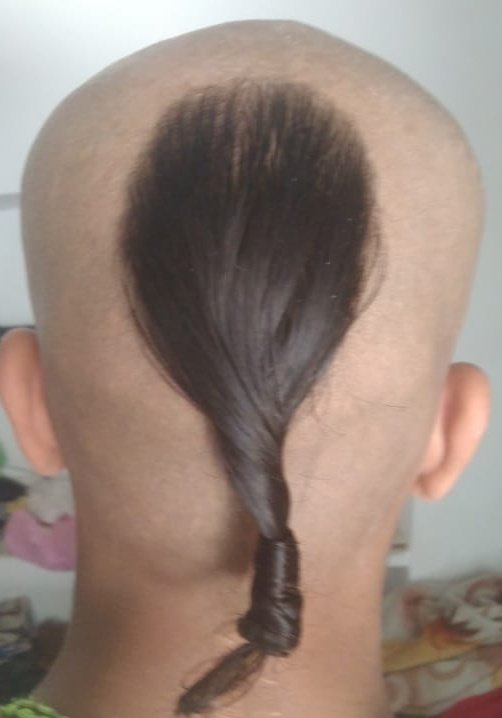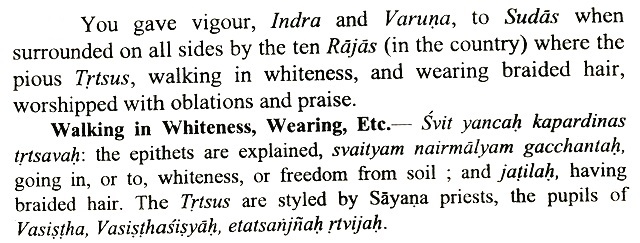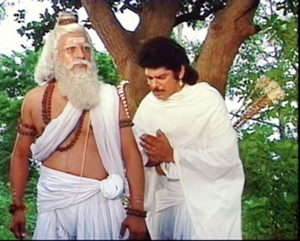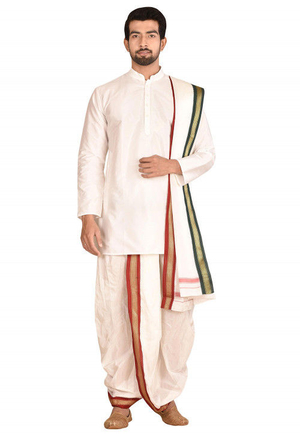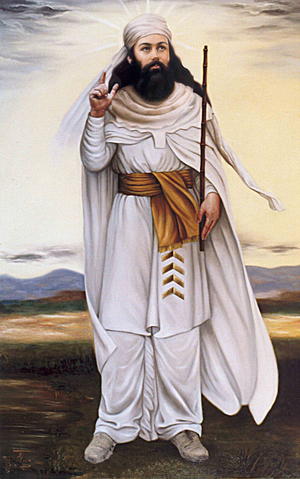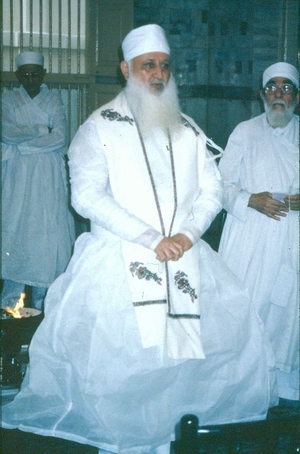
| PUNICS Sumerians were Aryans. In my previous research on tombstones I have shown that the hand symbol found on tombstones represents Thor / Indra.
Thor / Indra is the first King of Aryans. The Hand symbol on Tombstones represents that the Tombstones are of Aryans. The Right Hand on Tombstones shows sun-wise right-hand direction of the Aryan Solar-cult.
To download Pdf on Tombstones click here.
Aryan cultural influence such as Nowruz, Saree, Jewellery, Tombstones, Scriptures, etc. is clearly visible in the countries where Aryans have gone. Following are few examples of it :
1. Sumerian Aryan Clothes :
Saree :
The word Sari comes from Sumerian word Asari. Asari is title of King Thor / Indra also known as Ash Tur, Ukusi, Sagg or Odoin of the Sumerians and their deified first king of Aryans.
Below as per books written by Lieutenant Colonel Laurence Austine Waddell :
One of the Sumerian titles for this solar Father-god Ash Tur is Asari or Asaru, disclosing the source of the name of the Egyptian solar Father-god Asar, the "Osiris" of the Greeks and significantly the Egyptian hieroglyph for that name is written as we have seen by the self-same pictographic sign as in the Sumerian. Besides this Sumerian source for the name and solar functions of the Egyptian Father-god Osiris, the Egyptian tradition of the origin of that god locates the homeland of his human original vaguely in the direction of Northern Syria.
This location it is to be noted is in agreement with the Sumerian and Gothic traditions which definitely place the historical capital of this deified first king in Asia Minor the ancient Sumerian name for which as we have seen was Kur or "Syria" and Asia Minor was still called Suria or "Syria" by the Seleucids. This loose Sumerian solar triad is thus disclosed as the source of the well-known later Egyptian solar triad or trinity of "Osiris-Isis-Horus" (Horus / Cain / Daksh in Indian Version) the Father-Mother-Son, the Egyptian spelling of whose names is Asar-Ase(t) or Isi(t)-Hor (or H-r or Haru).
The Sumerian origin of the Egyptian names Asar ("Osiris") and Aset ("Isis") has already been demonstrated above. The Egyptian name for the deified son, the Horus of the Greeks if not deriving from the Sumerian Har or Harri or "warrior" title of the solar Sumerian son god Mar-duk is probably I think derived from the Sumerian Sur (or As's'ur) the Sun-god.
Who is called Sura (or Asura) in Sanskrit, and Hor (or Ahura) in Old Persian, as seen in the familiar compound Zoroastrian title of the Sun-god as "Hor-mazd," or "Ahura-mazda "-wherein significantly the original S of the Sanskrit and Sumerian becomes, as is usual in Old Persian, H. If this latter be the source of the Egyptian name" Hor "or .. Horus" as seems probable it would indicate strong Elamite or Persian dialectic influence in early dynastic Egypt.
2. Marutt / Amorite :
Maruts are Sumerians i.e. Aryans. A lot about Marutts can be known through Vedic Aryan scriptures such as ved's.
To know about Marutts from Vedas Click here.
The Maruts were clothed" in robes of wool" that is precisely as the Early Sumerians are clad in their contemporary sculptured representations and seals in Mesopotamia. And as confirming these Vedic records, more than one Indo-Sumerian seals from the Indus Valley are inscribed by "Marut" (or Mer or Muru, i.e., Amorites).
3. Ancient Sumerian Aryan clothes compared with Vedic Aryan clothes of India :
Sumerian Dress
Sumerian Dress
Sumerian Dress
Sumerian Dress
Sumerian Dress
Sumerian Dress
Sumerian Dress
Vedic India Dress
Sumerian Dress
Vedic India Dress
Ancient Persian clothing
The image of woman in left from Parthian relief carving of God Nergal from Hatra shows same clothes which Indian women still wear
Sumerian Dress
Indian Dress
Sumer King Nimrod
Vedic India King Dress
Vedic India King Dress
Vedic India Dress
South India Lungi
Vedic India Dhoti
Indian Man in Dhoti
Indian Woman in Dhoti Ancient Aryan Kings and Vedic Aryan Kings :
Neo Assyrian Empire Earrings
Ashurnasirpal II relief Earrings
Vedic Aryan King Earrings 4. Sumerian Jewellery :
Sumerian Jewellery
World Monuments Fund video on conservation of Babylon
Sumerian
Jewllery
5. Sidelock :
a) Egyptian Sidelock of youth :
The sidelock of Rameses II The sidelock of youth (also called a Horus lock, Prince's lock, Princess' lock, or side braid) was an identifying characteristic of the child in Ancient Egypt. It symbolically indicates that the wearer is a legitimate heir of Osiris. The sidelock was used as a divine attribute from at least as early as the Old Kingdom.
In earlier depictions, the sidelock can be seen with short hat-like hairstyles in, for example, mortuary cults. Later it was usually attached to an almost shoulder-length wig, which was worn in three styles: curled, straight, or in tresses. Based on the connection between sidelocks and children, Egyptologists coined the term "sidelock of youth". They are worn by both mortal and divine children.
b)
Forms :
The sidelock was generally worn on the right. In reliefs it can be depicted on the left or the right, since otherwise the lock would not be visible on a figure in profile facing left. A strand of hair was separated off from the side of the skull, itself further separated into three individual braids. The braided portion was held in place by a clasp at its point of origin.
Thereafter there were several different possibilities, such as the triple braided sidelock, whose three strands converged in a spiral. Only in a few cases was it gathered with a clasp at its point of origin and ended with a spiral but left as a loose lock of hair in between.
Further types of divine sidelock are also known. The Horus lock, like the sidelock, was braided from three strands of hair, which seem to terminate in a claw-like shape and are connected with the goddess Mafdet in Egyptian mythology.
c) Mythological significance :
Nefrubity (sister of Hatshepsut) as a child with the sidelock of youth The sidelock of youth was used by the children of the pharaohs, not only to show them to be children, but also to indicate their connection to the youthful Horus. Like them, the young Horus had worn the sidelock as the heir apparent of his father Osiris.
In accordance with the mythological precedent, the children of the king, as his designated heirs, received the Horus lock as an indication of the special duties that were bound up with that status. In iconography, royal children were depicted naked and sucking on their finger, with their heads shaved entirely bald except for the sidelock.
Amenhotep I, as well as Thutmoses III, reused the special form of the Middle Kingdom, which is connected with their revival of the imagery of the Middle Kingdom more generally. Again in the Late Period, the Middle Kingdom depiction of the sidelock was revived.
With the beginning of the New Kingdom, the lock of youth achieved central significance as a special symbol of the princes and princesses of the 18th Dynasty. Particularly notable is the connection of the lock of youth with princesses, who as children of the reigning king were also seen as probable heirs and therefore were also depicted with the Horus lock.
d) The Egyptian side hair lock style and Sumerian / Vedic Aryans :
Vedic Aryans are Sumerian Aryans. Rig Ved is the oldest Vedic Aryan Scriptures in which hair lock is mentioned.
There are total 4 Veds :
Rig Ved Mandala 7, Sukt 33, Mantra (Hymn) 5426 by Vashishth - Mitravarun :
This Mantra (Hymn) can be translated in 2 different ways.
Translation 1 :
Translation 2 :
Some
translators have used word white robed is used instead of white-complexioned.
Their interpretation is as follows :
Vasishtha was of Trtsus Clan which is a Sub Clan of Bharats and he became family priest of Bharats.
The Egyptian side hair lock style can be seen in Vedic Aryan Brahmin (priest) community. The Vedic Aryan Brahmin (priest) community keep their hair lock at the back side of their head known as Shikha.
The reason behind this is that Sumerians (Aryans) were also kings of Egypt and same traditions continued when they shifted to India (Bharat).
Egyptian side hair lock i.e. Lock of Youth, refers to the hair that children of royal families would wear until adulthood. The children of the pharaoh wore in which one lock of hair remained on the left side of the head.
When a boy or girl reached adulthood (12-14 years of age), it was said that it was the god Bes who cut off their sidelock of hair. The hair was then allowed to grow naturally, or the head was fully shaved and wigs were worn. This same tradition can be found in Vedic Aryans of India where they have hair cutting ceremony known as Mundan.
For the mundan ceremony, the child’s age usually varies between 1-3 years of age (it is mostly done when the child is 7, 9 or 11 months old), but some people prefer to do it at a later age as well. For this ceremony, the child has to have the first growth of hair.
Egyptian Side Hair Lock
Egyptian Side Hair Lock
Indian Vedic Aryan Brahmin (priest) Shikha The Shikha / Turf of Hair can be also found in Atharv Ved.
Atharv Ved :
HYMN II :
Rudra who wears black tufts of hair, the slaughterer of Ardhaka.
HYMN CXXXII :
Glory and power, these are two. He with black tufts of hair shall strike.
HYMN XXXVII :
Let Ajasringi penetrate, Ara4aki with sharpened horn. From the Gandharv, dancing near, the lord of the Apsarases, Wearing the tuft of hair, I take all manhood and virility.
To download the Atharv Ved Pdf to know about the above mantra Click here.
6. White Clothes of Priests in Different Religions :
What we find common in different religions is that the priests wear white colour clothes. In different religions such as Aryans, Judaism, Christianity and Islam white dress of priests is common. So how did wearing white colour clothes start?
Rig Ved Mandala 7, Sukt 33, Mantra (Hymn) 5426 by Vashishth - Mitravarun :
This Mantra (Hymn) can be translated in 2 different ways.
Translation 1 :
Translation 2 :
Some
translators have used word white robed is used instead of white-complexioned.
Their interpretation is as follows :
This Mantra (Hymn) can be translated in 2 different ways.
Translation 1 :
Translation 2 :
O
Indra-Varuna, ye gave Sudas your aid when the Ten Kings in battle
compassed him about,
This proves that since Vashishth who was a Vedic Aryan Priest of Trtsus tribe which was a Sub Clain of Bharats he, his descendants and Vedic Aryan priests used to wear white-Robes.
Rig Ved Dasharajnya or ‘Battle of ten Kings :
Later, Mandala VII records the full migration story of the Bharats and their priest Vashishth who came from across the Sindhu, ie. from eastern Iran (7.33.3).
As Witzel describes it : The geography of the battle hymn (and later summaries as in 7.33) clearly reflects a look back at the immigration of the Bharats. The process began behind the Sindhu, which Vashishth crosses in 7,33.9.* Then came the battle of the ten kings on the Parusni (the modern Ravi in Pakistan), near Manusa, a location in the back (west) of Kurukshetra. Their eventual arrival on the Yamuna and the defeat of the local chief Bheda are finally chronicled in 7.18.19. The whole process refers to the origins of the Bharats and Vashishth in eastern Iran; their move into the Subcontinent is also reflected elsewhere in book 7 (7.5.3, 6) and summed up in 7.33.3: thus he (Indra) transgressed with them (the Bharat) the Sindhu, thus he soon killed Bheda in (the Yamuna battle), thus, he helped Sudas in the Ten Kings Battle. Although they reached as far east as the Yamuna, however, their epi-centre was in the area around the Sarasvati, previously occupied by the now defeated Puru.
Zoroaster, Artharvan and Vashishth :
Yasna 9 and 17 cite the Ditya River in Airyanem Vaejah (Middle Persian Eran Wej) as Zoroaster's home and the scene of his first appearance. The Avesta (both Old and Younger portions) does not mention the Achaemenids or of any West Iranian tribes such as the Medes, Persians, or even Parthians. However, the Atharvan Clan, to which Zoroaster belonged, is mentioned, along with other Vedic persons, such as Vashishth and Yam (Yima), the ancestors of Sage Atharvan.
It is said that Zarathustra belong to the lineage of Vashishth to know more about it Click here.
Sage Atharvan along with Angiras composed Atharv Ved.
Conclusion :
Location of descendants of Angiras and of Vashishth was in Iran especially eastern Iran of Vashishth.
Since the Vedic Aryan Priests wore white robes and Zoroaster belonged to Atharvan caste whose ancestors were Yam and Vashishth, wearing white robes in also found in Zoroastrianism.
All other religions have in a way copied Aryan culture.
White clothes of priests :
Vedic Aryans
Aryan Brahmin Priest
Zarathustra
Aryan Zoroastrian Priest
Judaism
Christianity
Islam |
